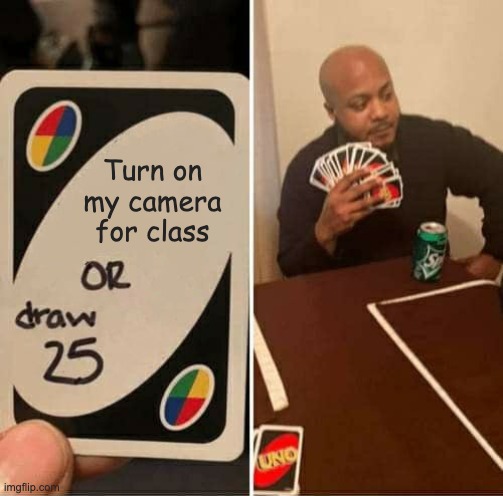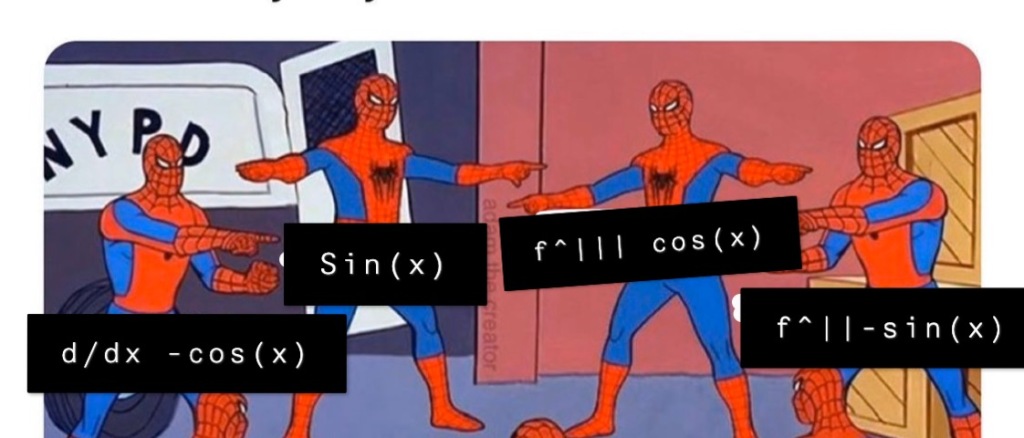When I taught at Emory, there was no official policy or procedure for posting “midterm grades.” In fact, I had forgotten midterm grades were even a thing until just this past week. At my new job at the University of Kentucky, we must officially post each student’s midterm letter grade to the university grading system by a specific date. After several years of not assigning midterm letter grades, I initially didn’t see the point of this, but now I do: students in general are bad at understanding how they’re performing in a class, and their midterm grades help improve their perception. It’s the wakeup call some of them need to realize they’re in trouble.
Let me be clear, my students have every resource at hand to understand how they’re doing in my class at all times.
- Whenever they complete any online worksheet, homework assignment, quiz, or exam, they see their grade for it immediately.
- I keep all their grades up to date in the Canvas gradebook, which also calculates their current class grade.
- The syllabus describes the letter-grade breakdown, which is the usual one: 90% and above is an A, 80% and above is a B, and so one.
After each quiz and exam this semester, I’ve admonished any students who did poorly to talk to me about how they can improve going forward, and how they cannot expect to wait until mid-November to turn their grade around. After the first exam, I instructed every student who failed (25 of my 200 students) to come to me in office hours to talk about how to improve their study habits, and I reminded them of this instruction every day for a week and a half. Only two students came. It seems some students are in denial about how poorly they’re doing in the class, or aren’t willing or able to make the effort to change.
Yesterday, I sent out my students’ official midterm letter grades (along with a percentage grade), and I’ve since been inundated with emails from students who are worried about their performance and their final grades. Even though the students have always been able to see their percentage grade in the class and know what letter that equates to, it seems there’s something especially motivating about seeing a single letter assigned on the university’s grading system. A big fat F—well, UK uses E instead of F—on their gradebook was the jolt some students needed to reach out to me finally and ask for help. I now have several appointments set up over the next few days to help these students come up with a study plan and start to raise their grades.
I wonder if it might be worthwhile to send out letter grades even more frequently, or if this would dull the effect of receiving the midterm letter grade halfway through the semester. What I plan to do now at least is track the students who reach out to me versus those who don’t, and see if the help I offer them leads to improved grades between now and the end of the semester.





